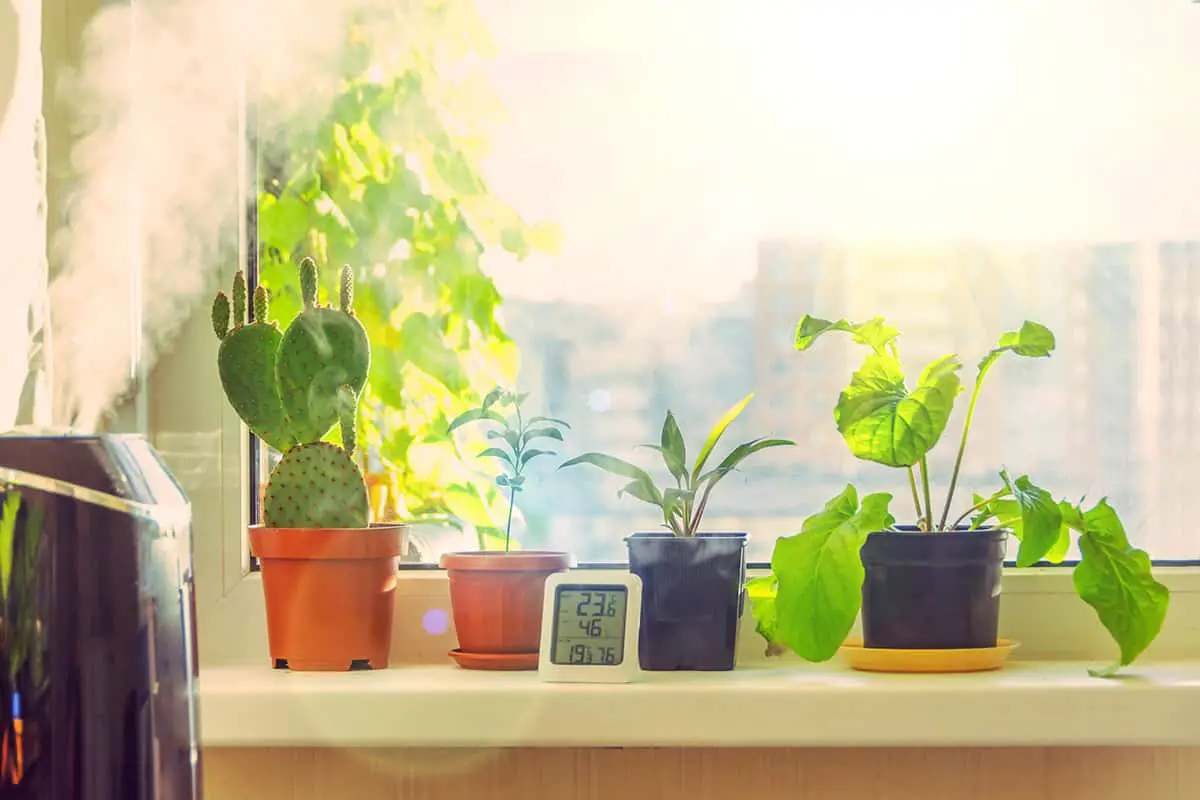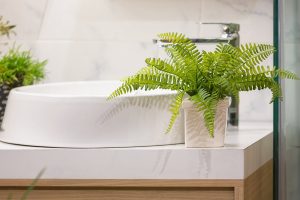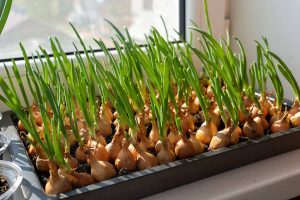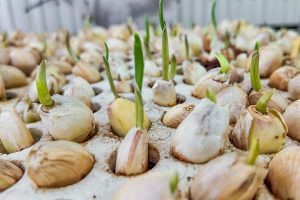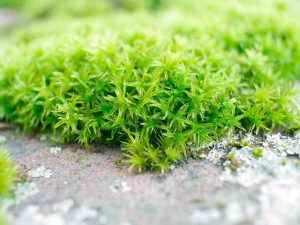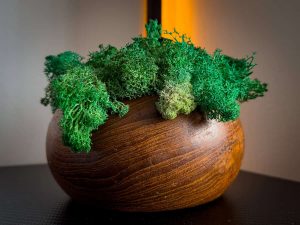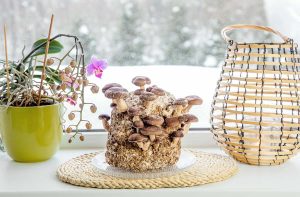You’ve noticed your indoor plants looking a bit droopy and their leaves turning brown at the edges. Despite watering them regularly, they still seem unhappy. The culprit? Low humidity. This guide will show you effective ways to boost humidity levels for your indoor plants, helping them thrive and look lush.
Table of Contents
Use a Humidifier
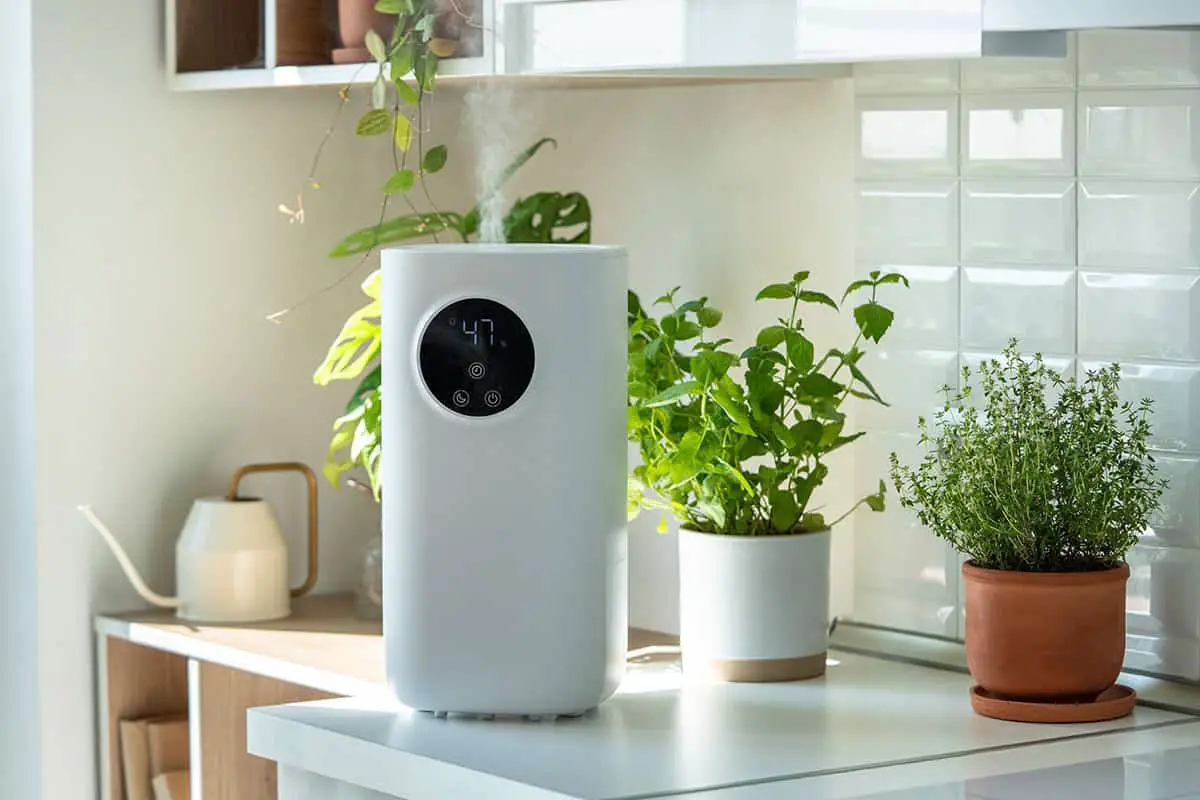
A humidifier is a simple way to increase humidity for your indoor plants. It’s a good idea to place it near your plants. Remember that maintaining a stable humidity level is crucial for the well-being of your indoor garden.
You’ll want to select the right humidifier for your specific needs. This can be based on factors such as room size, humidity levels, and plant requirements. Some humidifiers offer built-in hygrometers, which measure the amount of moisture in the air. Digital humidifiers can provide precise control, adjusting the humidity accordingly as necessary. Additionally, it can be useful to choose a device with a timer; allowing you to set the desired duration for it to run.
Don’t forget to keep the temperature in mind as well. Lowering the temperature in the room can help maintain a higher relative humidity around your plants. Many indoor plants, especially those from tropical environments, prefer a temperature range between 60°F to 80°F combined with humidity levels between 40% to 80%. Depending on the characteristics of the plants you’re growing, you may need to adjust the temperature accordingly to boost humidity levels effectively.
Group Plants Together
One effective way to increase humidity for your indoor plants is by grouping them together. This approach helps create a microclimate with higher humidity levels around the plants as they lose water through their foliage and soil evaporation. Not only does this benefit your tropical houseplants, but it also creates an attractive display.
Start by choosing complementary containers and consider arranging plants in odd-numbered groups, such as 1, 3, or 5, for the most visually appealing result. When you group your plants, it’s important to ensure that there’s enough space between them to allow for proper air circulation. This prevents potential issues, such as fungal diseases or pest infestations, that can be exacerbated by stagnant, humid air.
Another helpful method to boost humidity is placing your grouped plants on a tray filled with pea gravel or pebbles. By adding water to the tray, you create an evaporative effect that raises the humidity around your plants without allowing their roots to sit in standing water. This is an essential distinction because overwatering can lead to root rot and other issues.
Place Plants on Pebble Trays
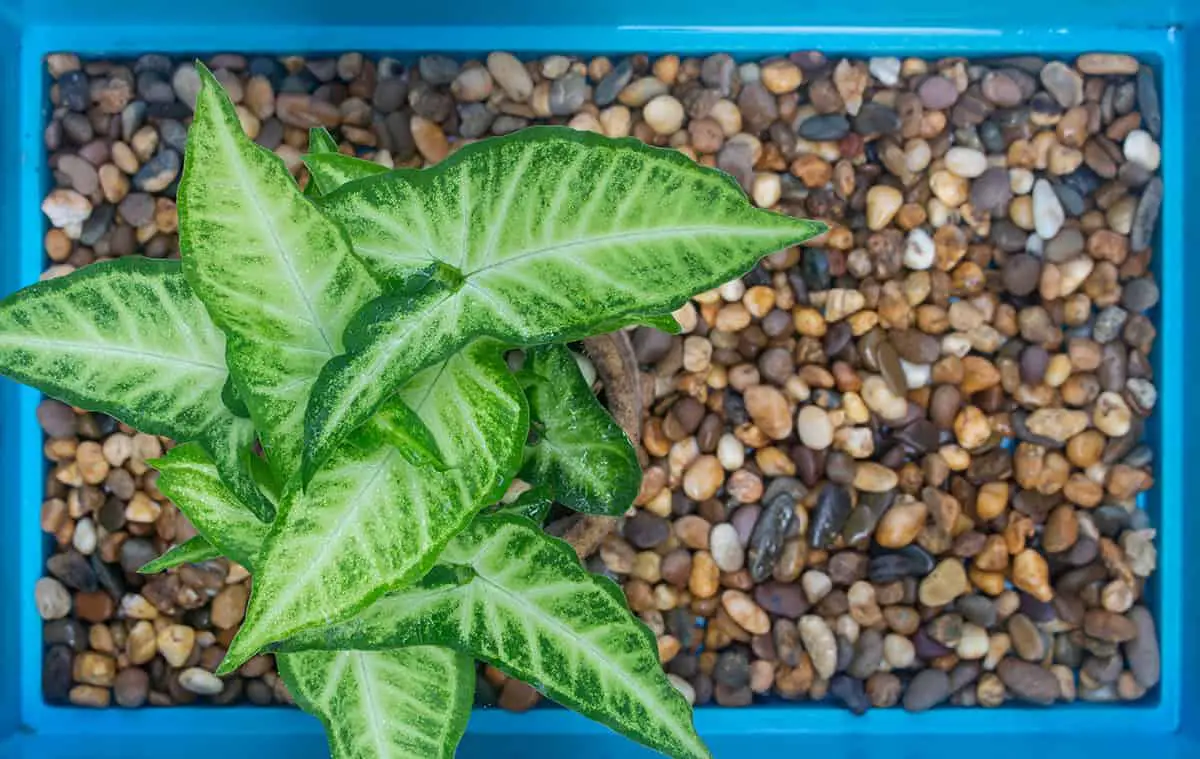
To create a pebble tray, simply fill a shallow tray or saucer with small pebbles or pea gravel. Then, add water until it reaches just below the top of the pebbles.
Place your potted plants on the pebble-filled tray, ensuring that the pot is not directly sitting in water. This helps prevent root rot and other issues caused by overwatering. The water in the tray will evaporate over time, creating a more humid environment around your plants.
Remember to periodically check the water level in the pebble tray and refill it as needed. Depending on the size of the tray and the plants, you may have to refill the water every few days or once a week. Besides increasing humidity, this method also provides an attractive, decorative touch to your indoor plant display.
Additionally, consider grouping your plants together. When plants are close to one another, they collectively raise the humidity levels in their immediate vicinity by releasing moisture through transpiration. Combining both pebble trays and plant grouping will maximize the benefits of increased humidity for your indoor plants.
Mist Your Plants Regularly
Misting your indoor plants regularly is essential to boosting their humidity. By doing so, you provide them with the moisture they need, simulating a more natural and humid environment.
Start by using a spray bottle filled with room-temperature water. Focus on the top and bottom surfaces of the plant’s leaves. However, be cautious not to over-mist, as doing so can lead to mold and mildew problems. It’s best to mist your plants early in the day, allowing the leaves to dry before nighttime.
Make misting a consistent practice in your routine. Although it’s not the most effective method for increasing humidity, it can support your plants’ health, especially when combined with other humidity-enhancing methods, such as placing pots on trays filled with water and pebbles.
Set Out Bowls of Water
One simple way to increase humidity for indoor plants is to set out bowls of water in your home. As the water evaporates, humidity levels in the surrounding areas will naturally rise. When choosing bowls, opt for shallow ones with a wide surface area. This will allow more water to evaporate and improve the rate at which your plants receive humidity.
Place the bowls near your plants, but not too close. You don’t want to create conditions where the plants are too damp or at risk of developing issues like mold or rot. A strategic placement will ensure that your plants benefit from the added humidity without any negative effects.
To maximize the results, try adding more bowls around the space or refilling them regularly with water.
Shower Your Plants Occasionally
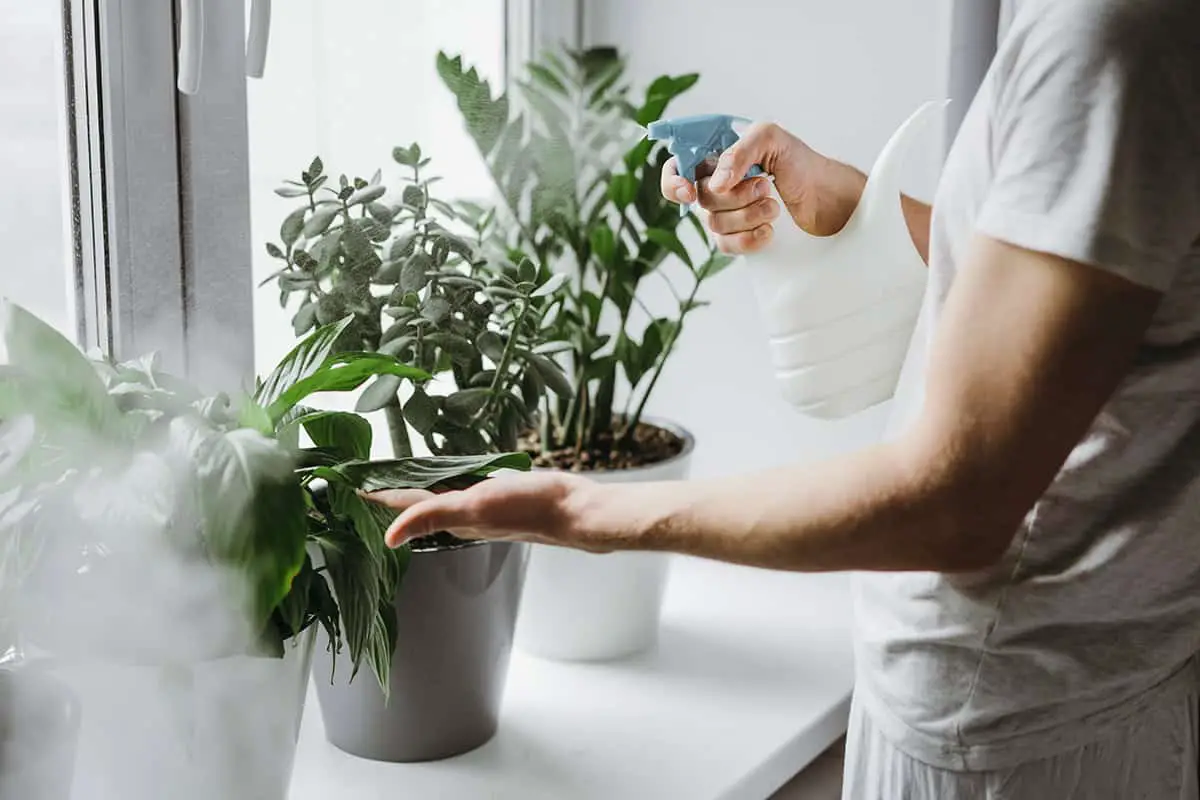
This process involves gently misting your plants with water, replicating natural rainfall. Remember to use room-temperature water to avoid shocking your plants.
Showering your plants not only increases humidity but also helps remove dust from their leaves, allowing them to breathe and photosynthesize more efficiently. To ensure optimal results, mist your plants in the morning, as this allows the plant to absorb moisture throughout the day without prolonged dampness, which can cause diseases.
Cover Plants with Plastic
Another effective way to increase humidity for indoor plants is by covering them with plastic. Ensure the cover is loose to allow proper air circulation. Employing a transparent plastic material optimizes the amount of light reaching the plants while trapping moisture inside, creating higher humidity conditions for your plants.
For best results, use this technique on indoor plants that thrive in humid environments. Be cautious when using this method, as you need to monitor the temperature under the plastic cover. In some cases, it may get too warm and cause the plant to suffer from heat stress. To avoid this, remove the cover when temperatures exceed 32 degrees Fahrenheit or when sunlight is intense.
Although beneficial for increasing humidity, plastic covers also pose certain risks. For instance, prolonged use of plastic covers may lead to mold or mildew growth. To counteract this, you should periodically remove the cover allow the plant to breathe, and reduce the risk of fungal issues.
Use a Humidity Tray
You can easily create one by placing a shallow tray filled with pebbles and water under your potted plants. The key is to ensure that the bottoms of the pots remain above the water line, preventing the roots from becoming waterlogged.
As the water in the tray evaporates, it raises the relative humidity in the area surrounding your plants. This method works well for most types of indoor plants, as it provides a consistent source of moisture throughout the day. If your plants require higher levels of humidity, consider placing them closer together, which can create a more humid microenvironment.
While misting the leaves may seem like a quick fix, it’s not an effective way to consistently increase humidity. Plant foliage dries quickly, and you’d need to mist your plants multiple times a day for it to be beneficial (Smithsonian Gardens).
Remember, different plants have unique humidity requirements. Some thrive in a high-humidity environment, while others prefer lower levels. To ensure your plants are in their optimal humidity environment, research your specific plant’s needs and adjust your humidity tray or environment accordingly.
Position Plants in Humid Rooms
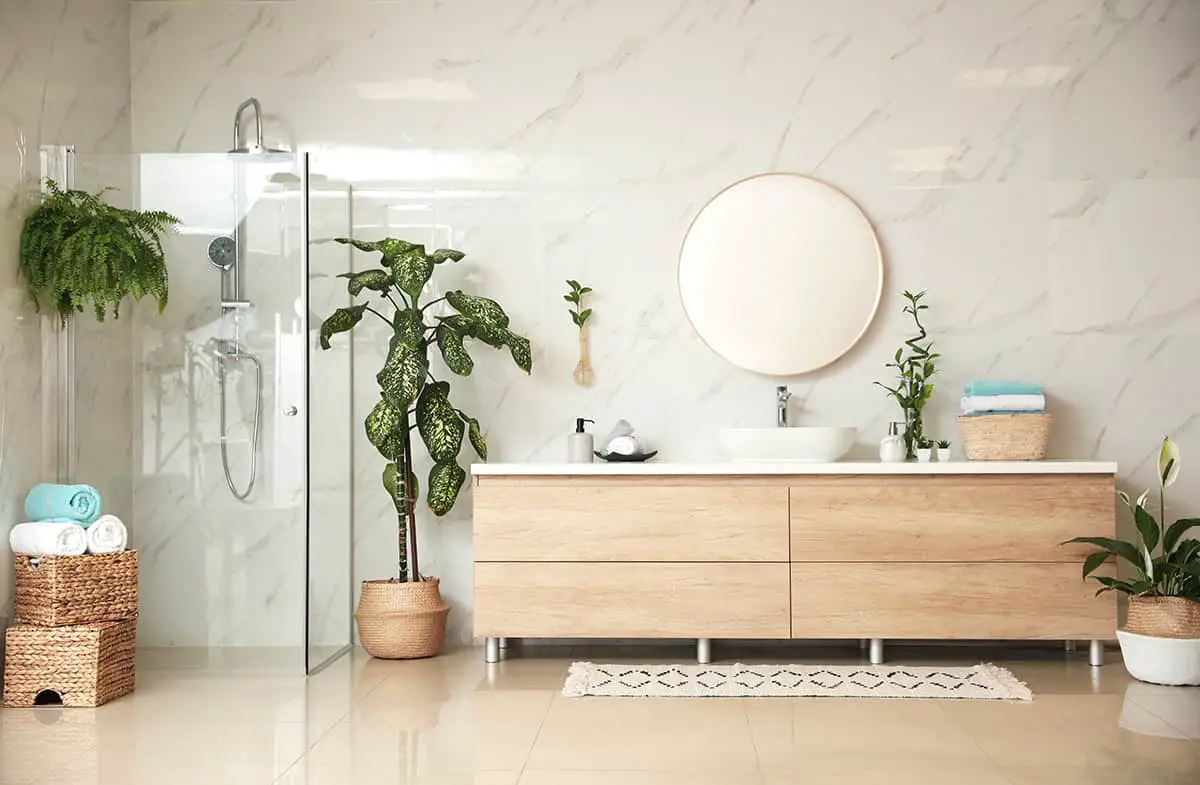
Another effective way to increase humidity for your indoor plants is to position them in rooms with higher humidity levels, such as bathrooms or kitchens. These areas typically have more moisture due to cooking, dishwashing, and showering.
When choosing a spot for your plants, keep them away from direct sources of heat, like radiators or heating vents. If your bathroom or kitchen doesn’t have enough natural light, opt for low-light plants that can tolerate these conditions, such as snake plants or pothos.
Grow Plants in Terrariums
A terrarium is an enclosed or mostly enclosed environment with moist soil and high humidity, ideal for moisture-loving plants. Since the air is often dry indoors, utilizing terrariums can help provide the required humidity to your plants.
To set up a terrarium, select a glass or clear plastic container with a lid. Ensure that it has a tight seal, but is also accessible for maintenance. Fill the bottom with a layer of small rocks or pebbles to assist in drainage. Adding a thin layer of activated charcoal can help prevent fungal growth and odor. Now, place a layer of potting soil that is suitable for the plants you choose to grow in the terrarium.
Avoid Air Conditioners and Heaters
Placing indoor plants near air conditioners and heaters can harm them. Heat and air conditioning sources cause sudden temperature changes, which affect plant health. To create a stable environment, keep your plants away from such devices.
The ideal daytime temperature for most indoor plants is between 70 to 80°F. Nighttime temperatures should drop to around 60 to 68°F. Flowering indoor plants prefer cooler nights, around 55 to 60°F.
